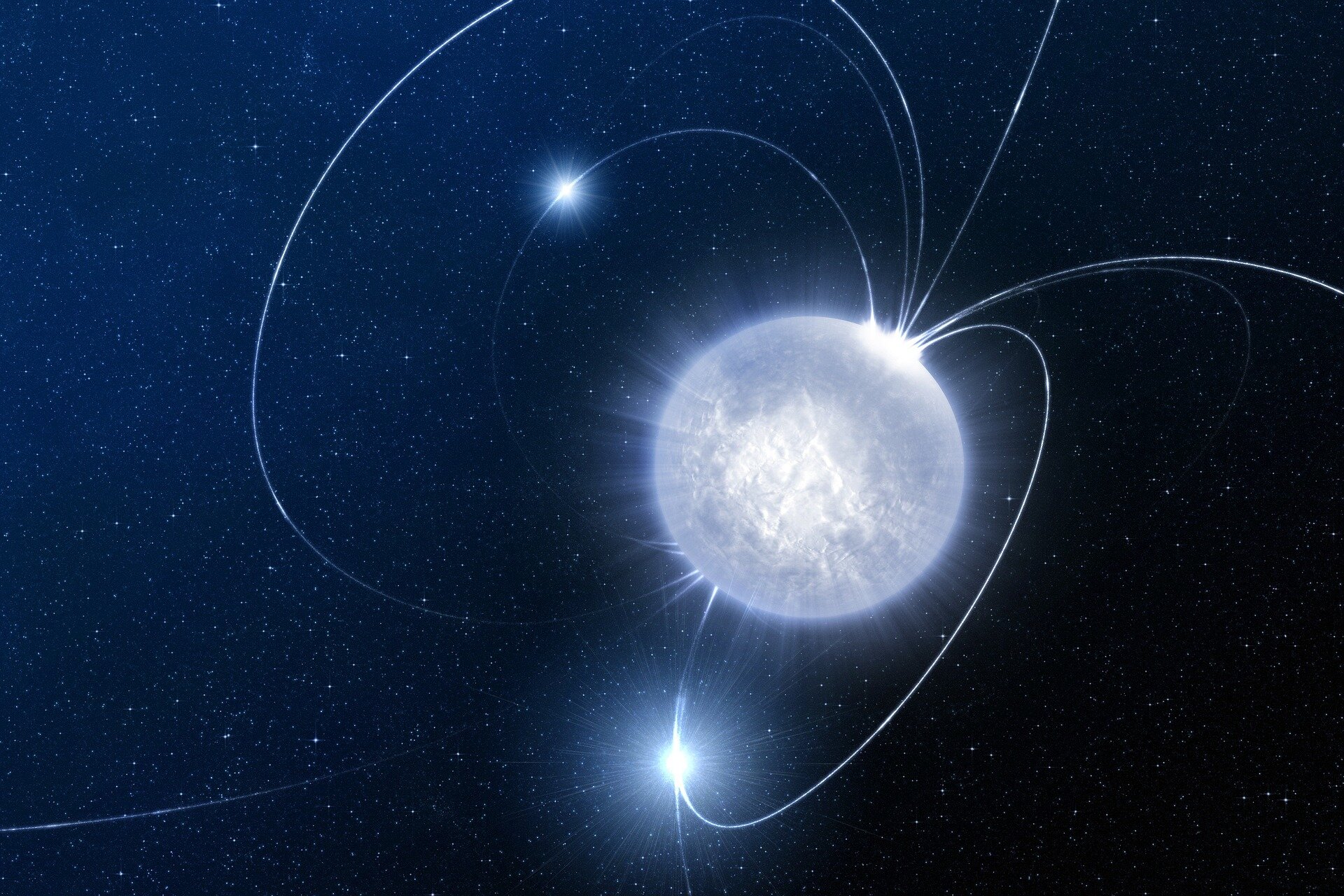Follow us on Google News (click on ☆)
A team of researchers recently established a fundamental relationship concerning the maximum compactness that these celestial objects can reach. By analyzing tens of thousands of different equations of state, which describe the pressure and density conditions inside neutron stars, scientists discovered an unexpected limit. This discovery paves the way for experimental tests to verify the properties of nuclear matter under extreme conditions, impossible to reproduce in laboratories on Earth.

Credit: Pixabay/Public Domain
The major difficulty in studying neutron stars lies in the impossibility of directly measuring their radius with precision. Although their mass can be determined with great accuracy, their small size and distance make direct observations particularly challenging. Luciano Rezzolla, professor of theoretical astrophysics at the University of Frankfurt, explains that this limitation prevents scientists from fully understanding the nature of the matter that makes up these extraordinary celestial objects.
The researchers found that the ratio between the mass and radius of a neutron star can never exceed the value of 1/3. This universal relationship, valid for all conceivable equations of state, allows for establishing a lower limit for the radius of these objects. Thus, for a neutron star of known mass, we can now state that its radius must be at least three times larger than its mass expressed in geometric units.
This discovery is based on the principles of quantum chromodynamics, the theory that describes the strong interaction responsible for the cohesion of subatomic particles. The researchers showed that this fundamental theory leaves a discernible imprint on the internal structure of neutron stars. Any observed violation of this compactness relationship would challenge our current understanding of the fundamental laws that govern the Universe at the subatomic scale.
The prospects for experimental verification of this theoretical relationship are particularly promising. Instruments like the NICER experiment on the International Space Station, as well as gravitational wave detectors, could soon enable precise measurement of neutron star radii. The detection of events such as the neutron star merger observed in 2017 offers unique opportunities to test these theoretical predictions and deepen our knowledge of extreme physics.
Quantum chromodynamics and neutron stars
Quantum chromodynamics represents one of the fundamental theories of particle physics. It describes how the strong interaction, carried by particles called gluons, holds quarks together to form the protons and neutrons that make up ordinary matter.
In the context of neutron stars, this theory takes on a special dimension. The extreme pressure and density conditions that prevail at the heart of these celestial objects could allow for the emergence of exotic forms of matter. Quarks, normally confined inside neutrons, could acquire some freedom of movement.
Applying the principles of quantum chromodynamics to the study of neutron stars makes it possible to link elementary particle physics and astrophysics. Researchers use this theory to predict the behavior of nuclear matter under conditions that cannot be reproduced in the laboratory.
Experimental verification of quantum chromodynamics predictions in the context of neutron stars would represent a major advance in our understanding of the Universe. It would allow for the validation or refutation of certain hypotheses concerning the behavior of matter under extreme density conditions.